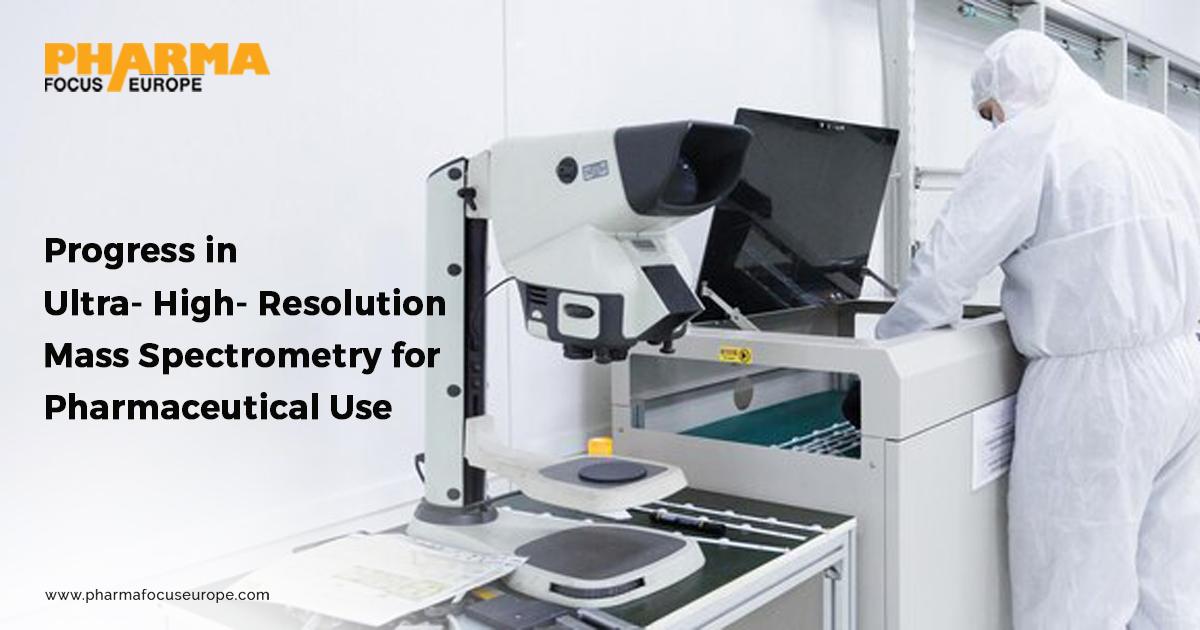Notifications
2 minutes, 29 seconds
-36 Views 0 Comments 0 Likes 0 Reviews


Pharmaceutical analysis plays an important role in developing medicines that are both safe and effective and involves examining active pharmaceutical ingredients, whether on their own or mixed with examples, and includes aspects such as synthesis, how medications move through the body, how they reach their goals, and how to control the pollution. Since medicines are to meet hard regulatory standards and pass each stage of clinical testing before they reach the market, the pharmaceutical industry is the most regulated worldwide.
This article looks closely at the role of UHRMS in drug analysis. It compares FTICR and Orbitrap technologies and explains how they are used, highlighting the benefits and ability of future development.
2.1 Orbitrap Technology
These ions are injected tangentially into this field, where they are trapped and begin oscillating along the central (z) axis. The frequency of these oscillations depends only on the mass-to-charge (m/z) ratio of the ion.
2.2 FTICR Technology
FTICR mass spectrometry uses a magnetic field to trap ions within a cell containing excitation and detection electrodes. When ions are excited by a radiofrequency pulse, they move in a circular path (cyclotron motion).
2.3 Comparison of Orbitrap and FTICR
Though both Orbitrap and FTICR analyzers apply Fourier transform methods, their designs and operational characteristics differ. The following table provides a comparison
Learn more: https://www.pharmafocuseurope.com/research-development/progress-in-ultra-high-resolution
pharma focus europe pharmaceutical industry mass spectrometry pharma focus pharma articles ultra high resolution

